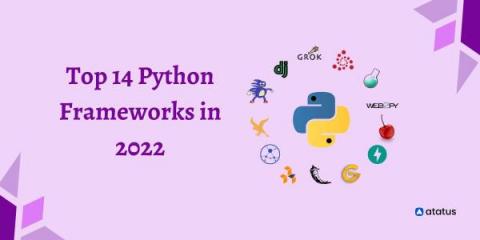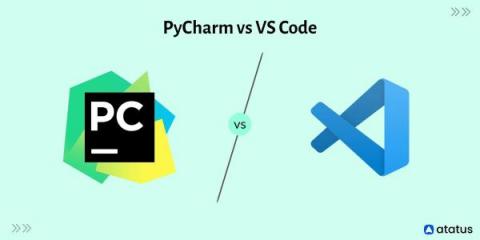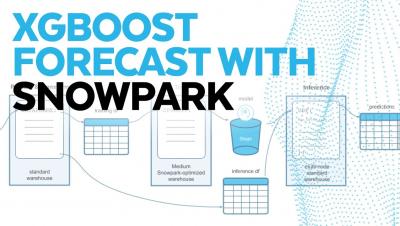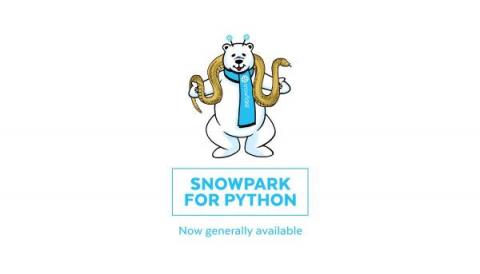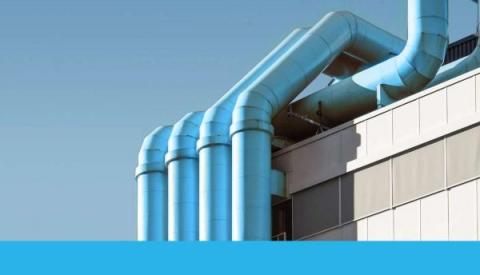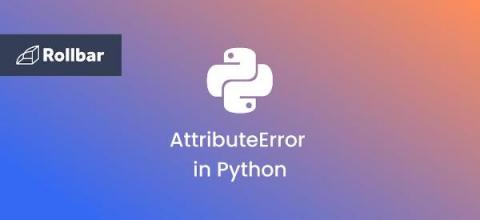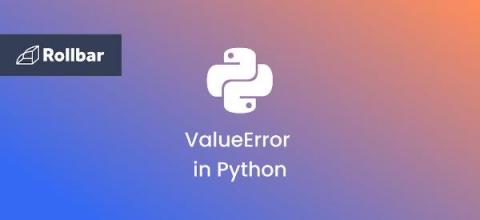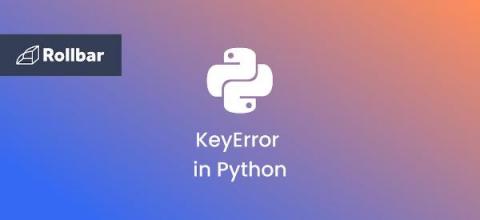Top 14 Python Frameworks in 2022
Python is one of the most popular programming languages in the world today. Its open-source code, powerful development libraries and object-oriented programming style render it an ever favorable option for developers. Not only its immaculate build but the relevant ease with which it can be learned by even beginners make it an indomitable programming language at present. Web development, building software, data analysis and visualization are some of the routine tasks generally operated in python.


